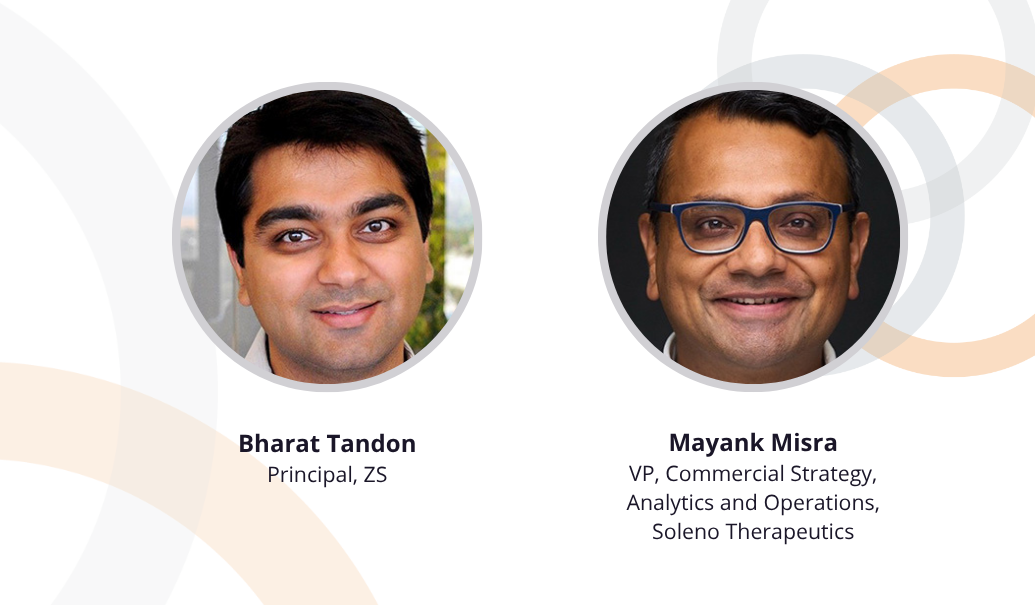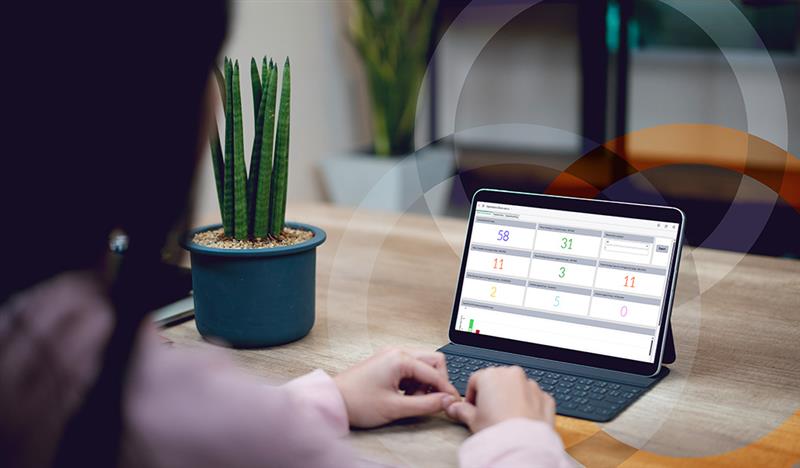Two things are fundamental to providing better customer experiences: the technologies that help manage, organize and interpret data and the pharma leaders willing to experiment with them.
I recently spoke with Dr. Kim Moran, Head of Insights to Impact at UCB, and Philippe Houben, Head of Go-To-Market for India, Middle East, Turkey, and Africa regions at Boehringer Ingelheim, for their perspectives on customer engagement.
What have their experiences been teaching them? How are they leading the pharmaceutical industry to become more digitally led and platform-enabled?
Abhishek Trigunait: How have the latest digital possibilities evolved your thinking about customer engagement?
Kim Moran: When I think about this question, I think about digital platforms that give pharma better ways to connect with health systems to improve patient engagement.
Digital health technologies, for example, can improve two-way communication between patients and physicians when it comes to the diseases pharma has been working on for decades.
I’ll give you an example: Look at epilepsy patients. It can often take 20 years, on average, to become a surgical candidate. Think about all that patient could be missing in those 20 years. I’m a mom, so I think about missing dance recitals, not being able to drive or maybe not being able to focus on my family the way I’d like to. With better two-way communication, we can reduce the time to diagnose and treat people with the proper treatment.
AT: Phillipe, are you seeing customers expect more?
Phillipe Houben: At the start of the pandemic, our customers expressed a clear need; please help us manage this situation. Help us better serve our customers. So, yes we did experience rising expectations.
This led us to use digital approaches that allow for greater specificity in our communication. For example, we now use data to ask: How can we be more specific in knowing what customers want? Which customers should we include in a campaign? And how can we be more precise when creating helpful content?
AT: As the world gets more personalized and digitized, how do you balance both customer-centric and results-centric mindsets?
KM: I love this question, Abhi, because it’s my role every day. And for me, it starts with the customer. The more you try to understand the customer, the more you see the unmet need. And then you can fit the solution to the problem much more tightly.
To do this, my team combines everything—from data analytics through financial information—so that we can question the impact of our investments and be able to reallocate those investments in almost real-time.
So, for example, when you think about using your data in an instance of dynamic targeting, you fit the solution because you know the patient flow. You learn patient characteristics. Prescribing habits of physicians are clear. You know all the access and affordability challenges. So, based on the data, you learn to find the right message and solution at the right time. That level of personalization allows you to be customer-centric in ways where results follow.
“The more you try to understand the customer, the more you see the unmet need. And then you can fit the solution to the problem much more tightly.”
AT: Phillipe, how has having a single analytical platform enabled the customer-centricity that Kim’s describing?
PH: So, personally, I’d point out that it breaks through the silos created around information in large organizations that typically exist as a result of multiple business units or functions, or operating in other countries.
You can conduct enterprise-level analysis using the organized and documented information you get from master data management with a single platform. This level of maturity isn’t possible with multiple platforms without a single platform.
AT: What are some learnings from UCB’s digital journey that others can apply?
KM: First, if you start small, you can learn to pilot, scale and adapt. Getting pilots off the ground can help you understand your culture and get the right roles and competencies in place. I’d also say work hard at creating an environment where you can safely test and try ideas without disrupting your business strategy.
At UCB, we started with dynamic targeting for a single ecosystem, scaling it, testing it, and now our field force has embraced the next best action suggestion engine and sees the true impact.
I’d also say, don’t go it alone. What do you build, borrow and buy? Who can you partner with to make the best impact based on your business model? Technology is moving so quickly, and the expectations of our patients and stakeholders are changing fast. So, it’s wise to think about the right partners.
Add insights to your inbox
We’ll send you content you’ll want to read – and put to use.













